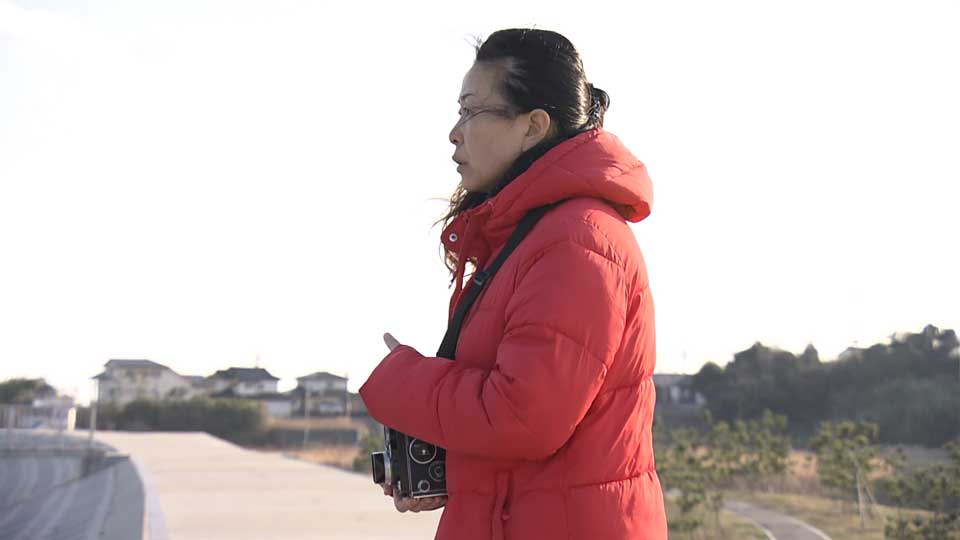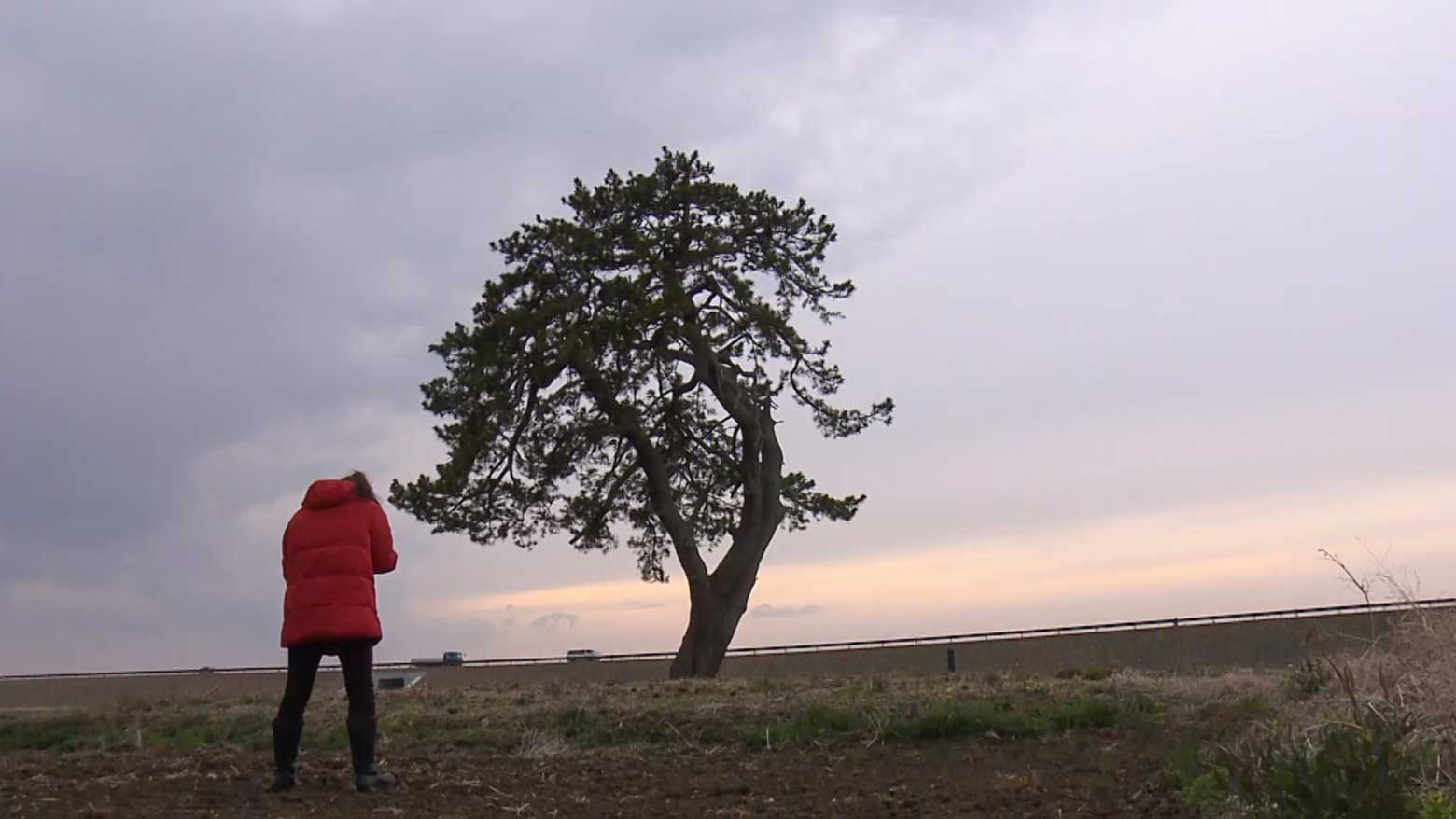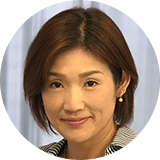Kido Takako wasn’t sure at first that she should even be taking photographs of the disaster’s aftermath. All she could see in the first few days was devastation in a region she had only recently made her home. It took her four days to feel ready to pick up her camera, and she prayed each time she pressed the shutter.
Initially, she thought she was simply chronicling that despair and destruction. Gradually, though, she began seeing a different side to it.
Destruction and beauty could coexist in one moment or place, as is clear in an image she shot four months after the tsunami wiped out a large part of the town of Shichigahama. Debris litters the land, but the stream keeps flowing and reflects a beautiful sunset.

Photographer Kido Takako returns to the site from time to time to reflect on all that has passed. “Rubble and debris were everywhere, everything was destroyed. But it was really beautiful,” she says. “Maybe I took the photo wondering what made the beauty indestructible, whether it came from the land or something else.”
Can a disaster beget beauty?
As the seasons turned, Kido saw plants growing in between the debris. She began to see “indestructible beauty” in places of total destruction, and wondered if it was right to think of a disaster area as beautiful.
“It was difficult to find hope, but I needed it,” she says, and she found hers when she started thinking about energy. “It can’t be created or destroyed. I thought this [beauty] was the energy of people whose lives were suddenly taken by the tsunami. I felt the eternity of life there.”

Kido has compiled the best of her work into a new book. She's called it “The Unseen” after the people she believes are gone but still giving their energy to the region.
She gave a preview copy to a friend who helped guide her to some of the locations that feature prominently in the book, including that stream in the sunset.
Sato Miki, whose home was flooded by the tsunami, recalls Kido’s sense of purpose back then: “She seemed so determined that this disaster should never ever be forgotten.”

And she says the focus on beauty in the images is refreshing. “There were so many pictures of destruction,” says Sato. “But she captured beautiful moments. We residents do not want to see tragic and miserable pictures all the time.”
Memories for the future
Ten years on, Kido continues to photograph the changes in the disaster areas, but it is getting harder to find traces of the tsunami after all the reconstruction work. She says she hopes her photography will help ensure that what happened in Tohoku never fades from people’s memories.
“I would be happy if my photos can help people not to forget,” she says. “I think we must not forget about the deceased and -- for the future -- the lives still to be lived.”

